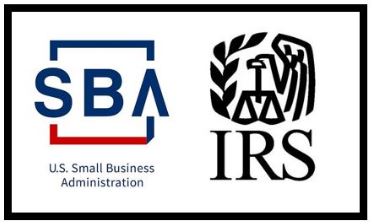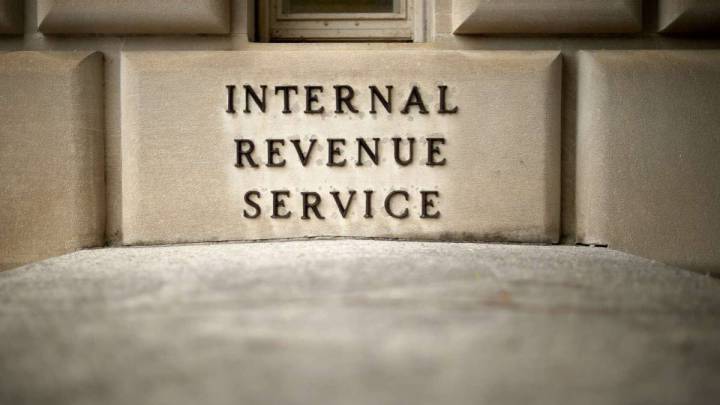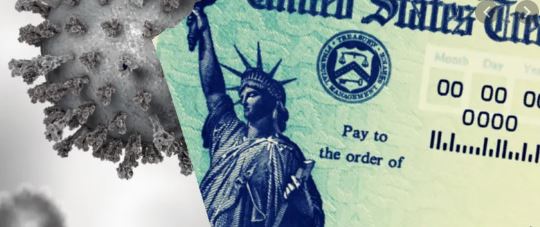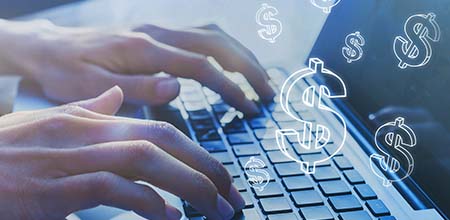Updates on PPP Recipients and IRS Facility Openings
 There have been important updates from the SBA and the IRS this week that we wanted to pass along to you. Here is a summary of each update:
There have been important updates from the SBA and the IRS this week that we wanted to pass along to you. Here is a summary of each update:
PPP Recipients Published
The SBA and Treasury have agreed to publish the names and amount ranges for all recipients of PPP loans of $150,000 or more.
In a news release, Treasury Secretary Steven Mnuchin and SBA Administrator Jovita Carranza said they had reached an agreement with the bipartisan leaders of the Senate Small Business Committee to make public additional data regarding the PPP.
Specifically, the SBA will disclose the business names, addresses, North American Industry Classification System (NAICS) codes, ZIP codes, business type, demographic data, not-for-profit information, jobs supported, and loan amount ranges as follows:
- $150,000 to $350,000
- $350,000 to $1 million
- $1 million to $2 million
- $2 million to $5 million
- $5 million to $10 million
These categories account for nearly 75% of the loan dollars approved, according to the SBA and Treasury. For loans below $150,000, the SBA will release totals aggregated by ZIP code, by industry, by business type, and by various demographic categories.
IRS Facilities Opening
IRS Commissioner Charles Rettig has announced that additional IRS facilities will open on June 29 and that facilities in all remaining states will open on July 13.
Although the current message doesn’t specify the names of the four states, a previous message from Rettig indicated that those states are Indiana, Ohio, California and Oregon.
For the majority of employees who can perform their duties at home, IRS’s telework policy will remain in effect for the foreseeable future to ensure social distancing. Rettig instructs IRS employees to remain in their current work status, whether teleworking or on weather and safety leave, until hearing directly from their manager.
SOURCES: Journal of Accountancy



 Due to the COVID-19 pandemic, the IRS was unable to mail some previously printed balance due notices as a result of office closures. As IRS operations continue to reopen, these notices will be delivered to taxpayers in the next few weeks.
Due to the COVID-19 pandemic, the IRS was unable to mail some previously printed balance due notices as a result of office closures. As IRS operations continue to reopen, these notices will be delivered to taxpayers in the next few weeks.
 The IRS has
The IRS has 


 The IRS is urging taxpayers to be on the lookout for a surge of calls and email phishing attempts about the Coronavirus, or COVID-19. These contacts can lead to tax-related fraud and identity theft.
The IRS is urging taxpayers to be on the lookout for a surge of calls and email phishing attempts about the Coronavirus, or COVID-19. These contacts can lead to tax-related fraud and identity theft.